Next time you visit In-N-Out for your burger fix, you might notice a slight uptick in prices.
That’s because California’s new wage laws, which bumped fast food workers’ pay to $20 an hour as of April 1, have kicked in. Despite this, the love for In-N-Out hasn’t waned a bit — with drive-throughs buzzing as energetically as ever.
Why Pay More for That Double-Double?
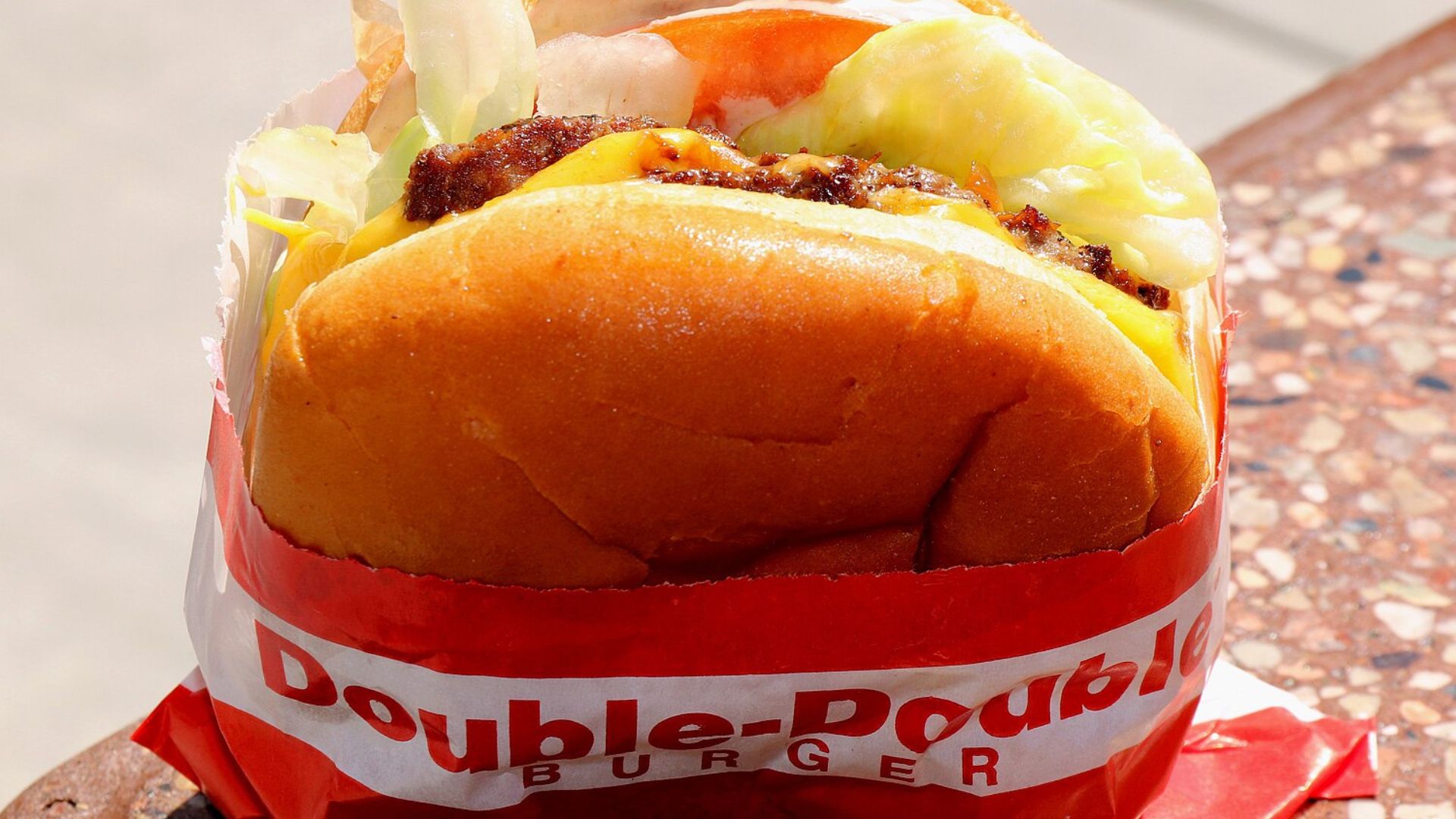
In-N-Out isn’t just randomly bumping up prices — it’s a necessary move in response to rising costs.
As of April 1, when California hiked the minimum wage, the chain had to follow suit to maintain their quality.
Accommodating New Costs
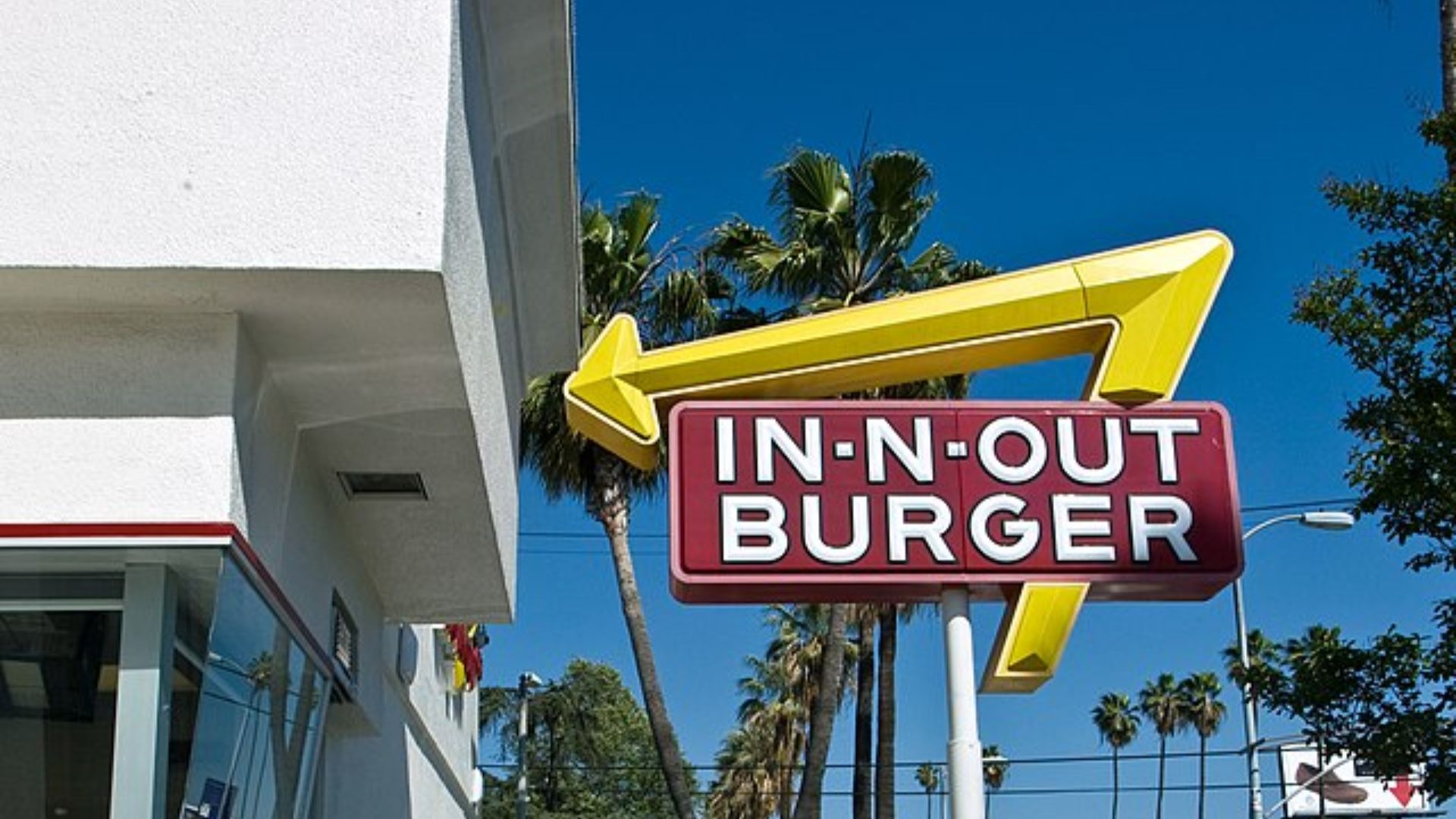
The fast-food chain’s reputation was based on its famously low prices. However, the franchise has also been hit hard by new labor costs and hikes in prices.
“On April 1st, we raised prices in California restaurants to accompany a raise given to the Associates at those locations,” said Denny Warnick, an In-N-Out Burger Chief Operating Officer, in an email to ABC News.
Fans Rally Behind Pricey Patties
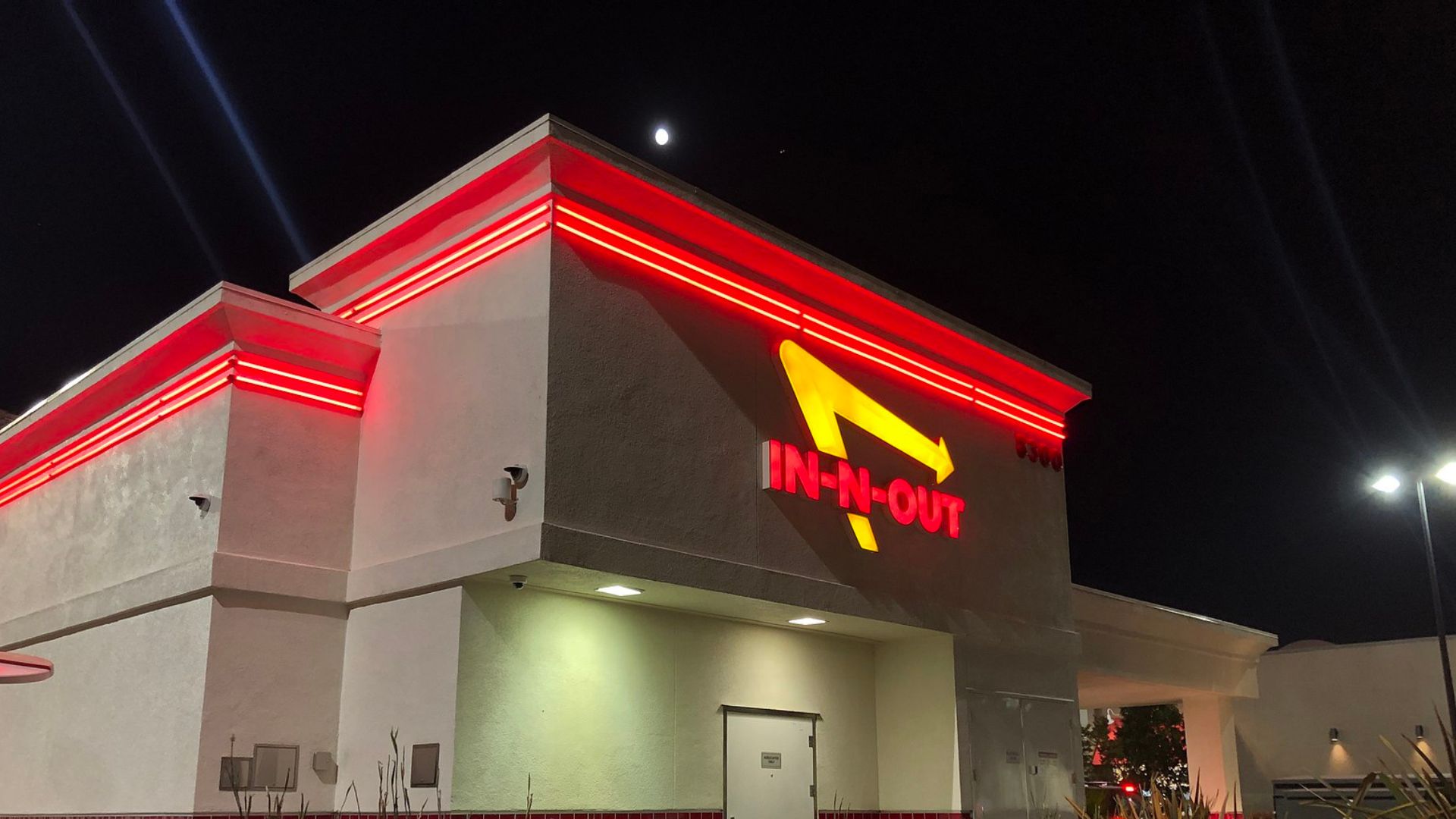
It seems that a price hike isn’t enough to deter the dedicated fans of In-N-Out.
Reports from locations like Alameda show that the lines are just as long, with a KTVU reporter noting that robust demand at these prices “is not uncommon” and “the demand for In-N-Out is strong.”
Out of Line With Inflation
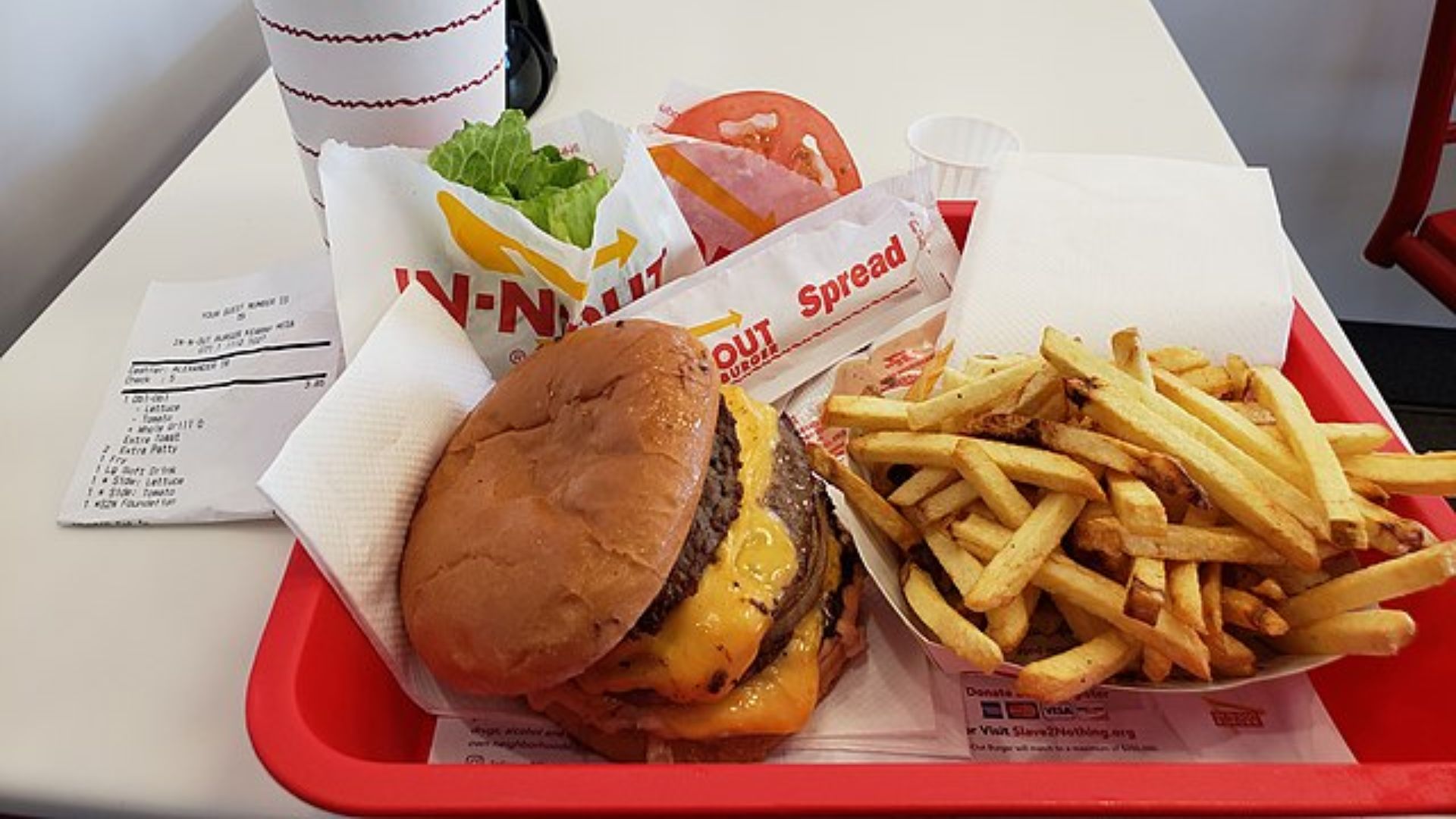
In-N-Out Burger is not the only fast-food franchise that has to adjust. The wage change has not been changed in line with inflation.
Briana Valdez, founder and CEO of HomeState in Southern California, said: “The pendulum is swung to make up for a lot of inactivity and stagnation with wages. But for restaurants to be the first industry to bear the brunt of this is really tough.”
How Big Is the Price Hack?

Since increasing the starting wage at their California locations, In-N-Out has also hiked up the prices of their most beloved meals.
Warnick told GMA that the new starting wage is “$22 to $23 an hour.” Since the introduction of the new wage, Warnick said the price of a Double-Double, french fries and drink increased by “$0.25 to $0.50, depending on the location.”
The Price of a Double-Double Meal
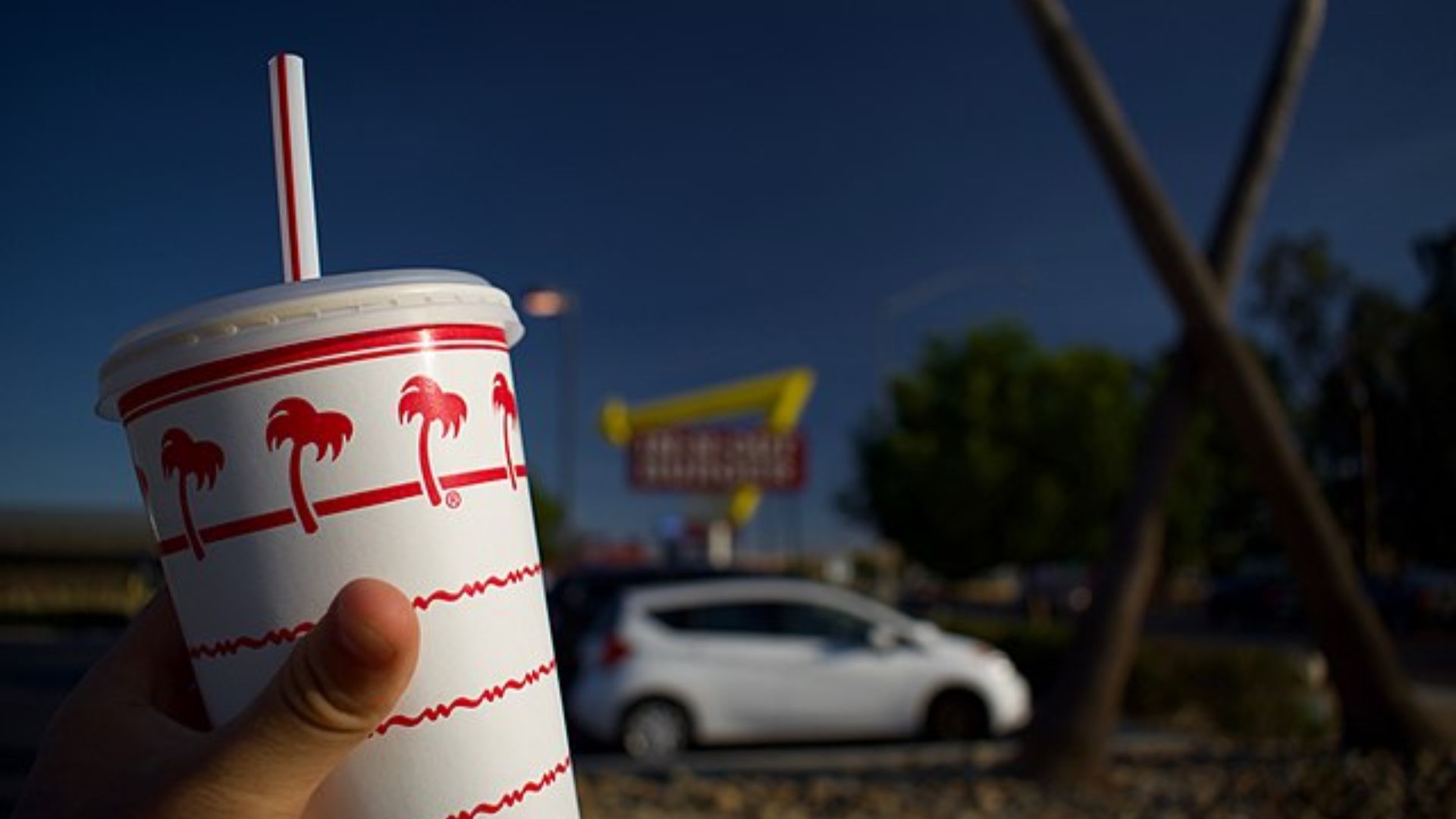
Due to the increase in the minimum wage for Californian fast-food workers, the Double-Double burger with fries and a drink now costs more than $10 in the state’s 275 restaurants.
In-N-Out president, Lynsi Snyder, said that she blocked major price hikes to protect customers. “I was sitting in VP meetings going toe-to-toe saying, ‘We can’t raise the prices that much, we can’t.’”
Prices Vary on Location
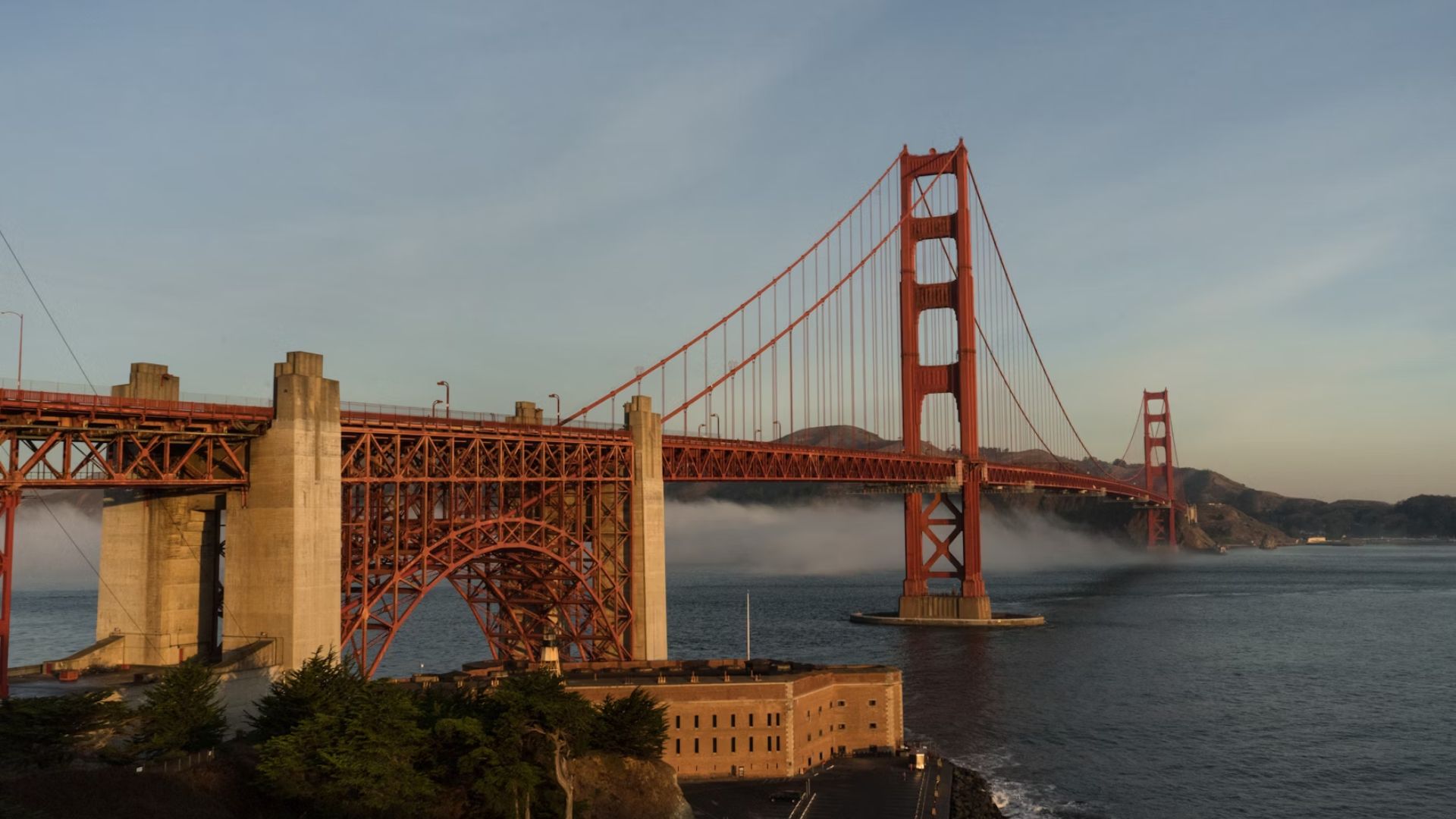
Prices have not risen outside of California at fast-food restaurants.
In-N-Out Burger operates outside of the state, reaching as far as Texas, with plans in the works for a restaurant in Tennessee. Some are reporting even higher prices in some locations. The branch at Fisherman’s Wharf in San Francisco reportedly charges $13.63 after taxes, according to KRON4.
The Economics of Eating Out
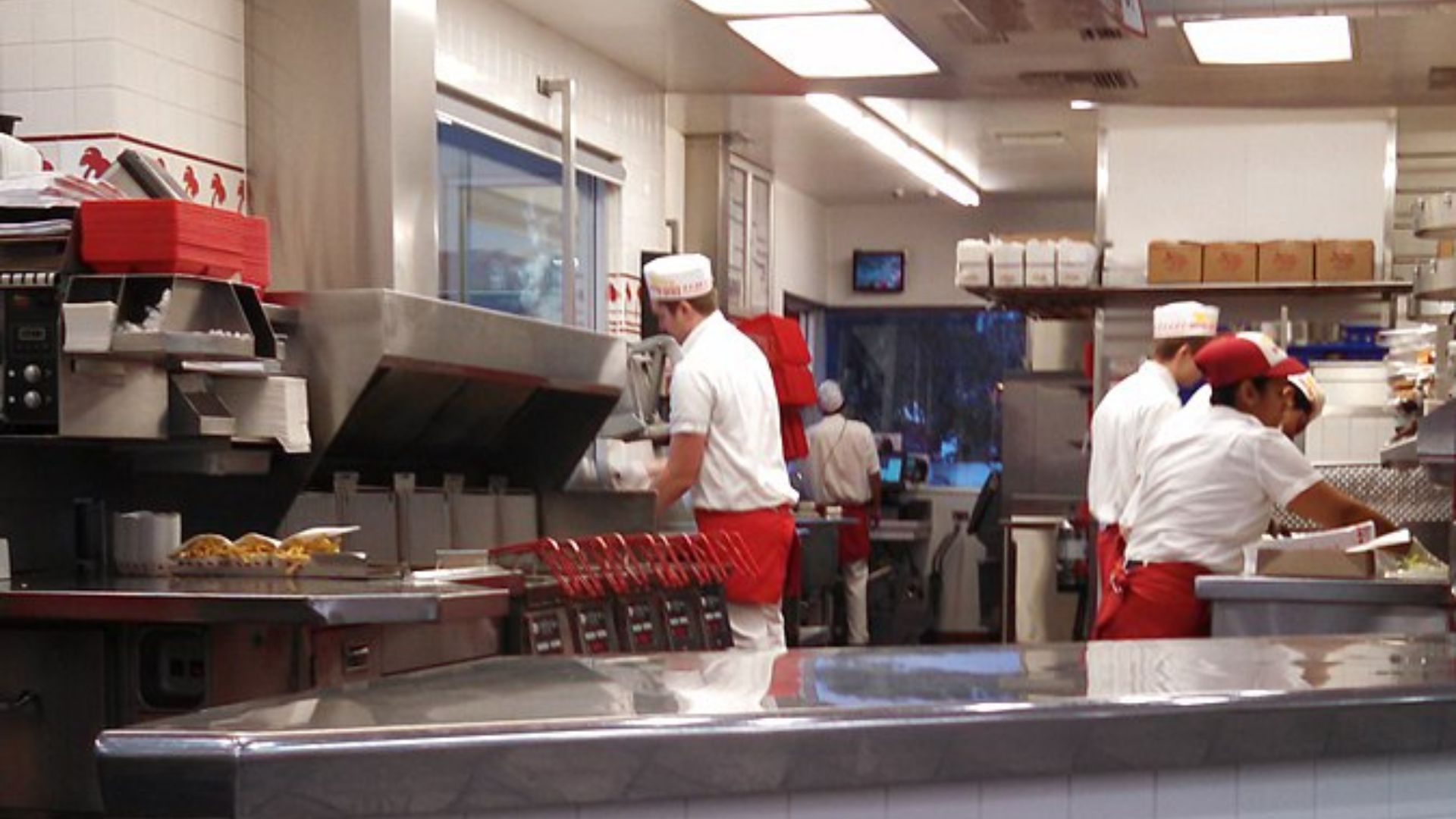
Chris Hachlica, a regular from Pittsburgh, shrugs off the price increase, noting the tough economy justifies it.
Meanwhile, Elizabeth Birmingham appreciates the company’s good treatment of its employees, supporting the price hike as a fair move in the pricey Bay Area.
In-N-Out Keeps It Flexible
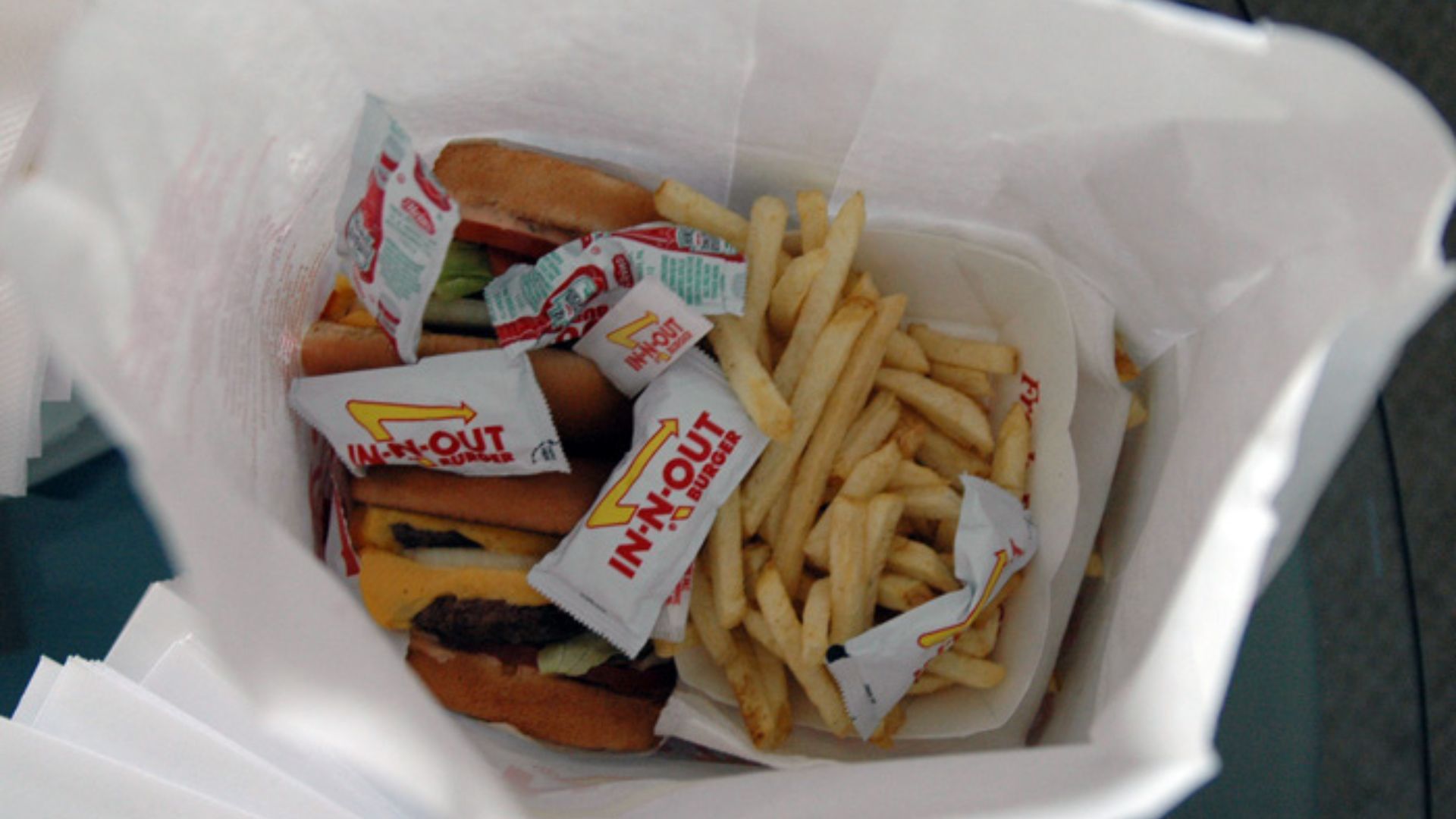
Without the pressures of public stockholders, In-N-Out enjoys the flexibility to make quick decisions like recent price changes.
This private status allows them to focus intensely on operations and adapt quickly to the market’s demands.
Prices Are Higher in California
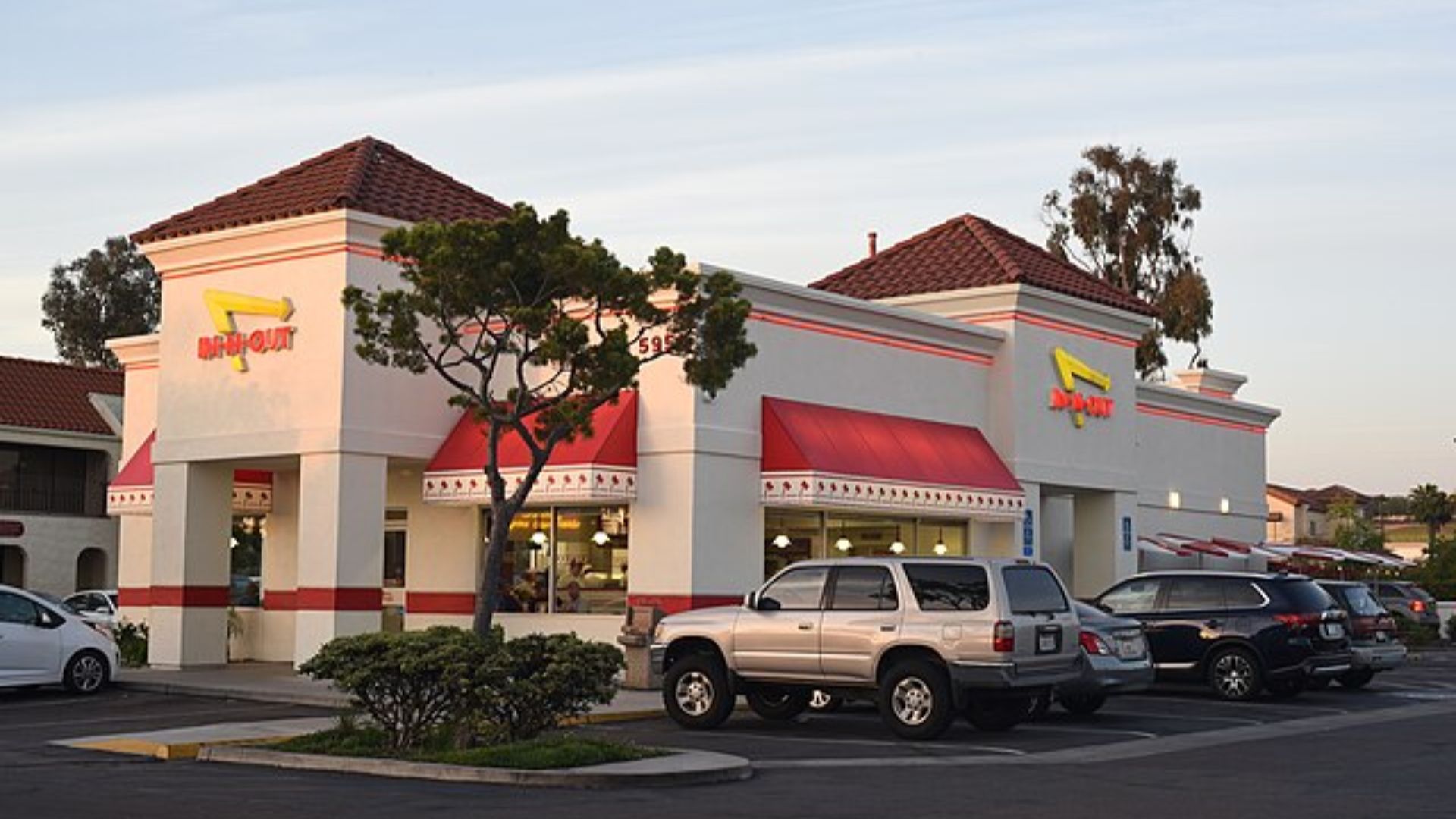
The minimum wage increase has not only affected In-N-Out Burger but all fast-food franchises in California that have at least 60 locations in the state.
The increase in wages caused an increase in prices, as new data shows that restaurants are charging higher than average and are getting fewer customers than average. According to Revenue Management Solutions (RMS), prices at quick-service restaurants are up by 7.5% compared to the year before.
Higher Prices Mean Fewer Restaurants
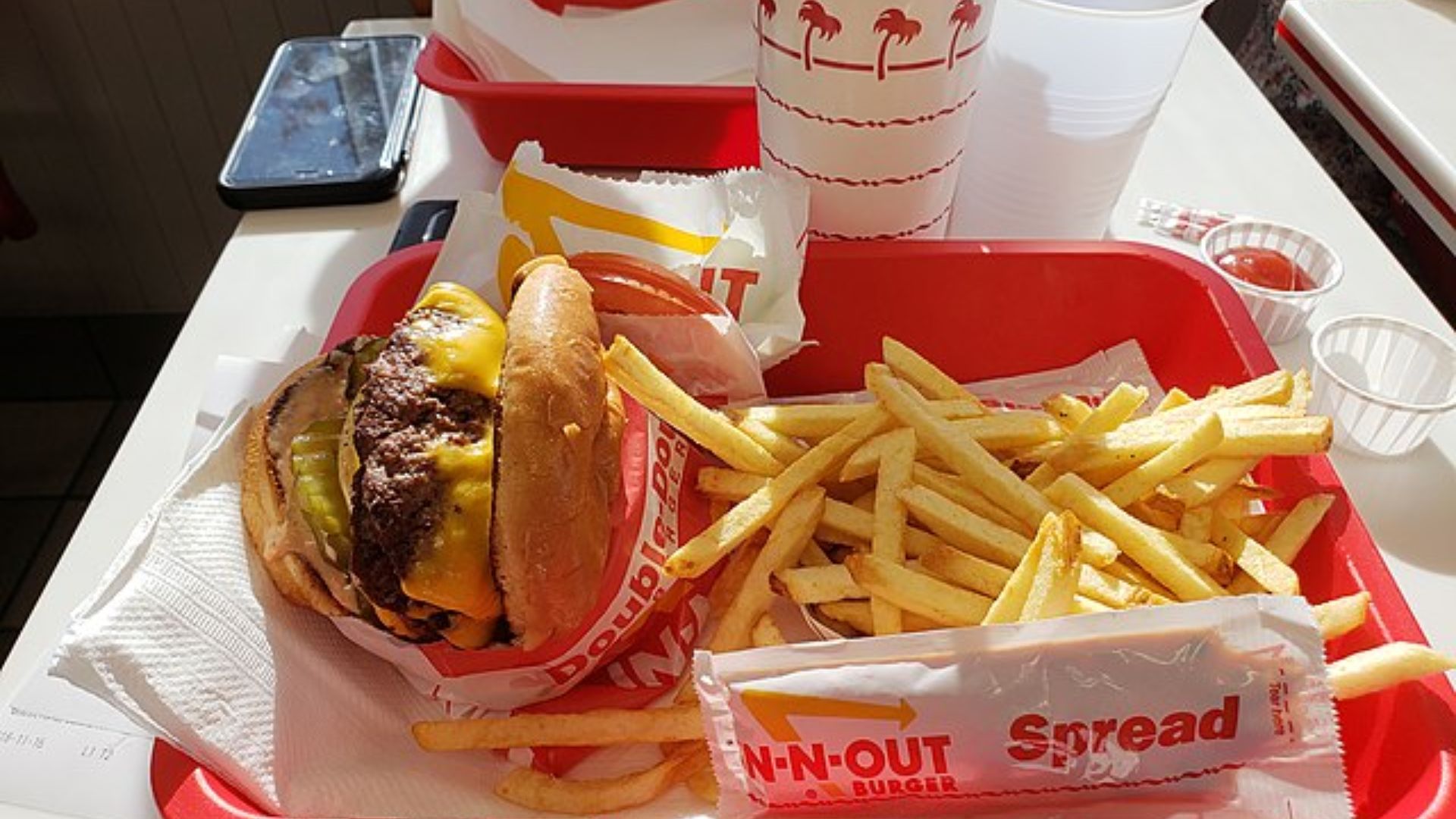
As a result of the higher prices, fewer customers are coming in.
The 7.5% yearly increase of prices in Californian fast-food restaurants is well above the 3.1% national average. At the same time, customers are ordering fewer items. Quantity of items per transaction was down by 0.6% in California in June. However, quantity of items per transaction nationwide at restaurants went up by 1.3%.
Fast-Food Restaurants Are Reducing Hours
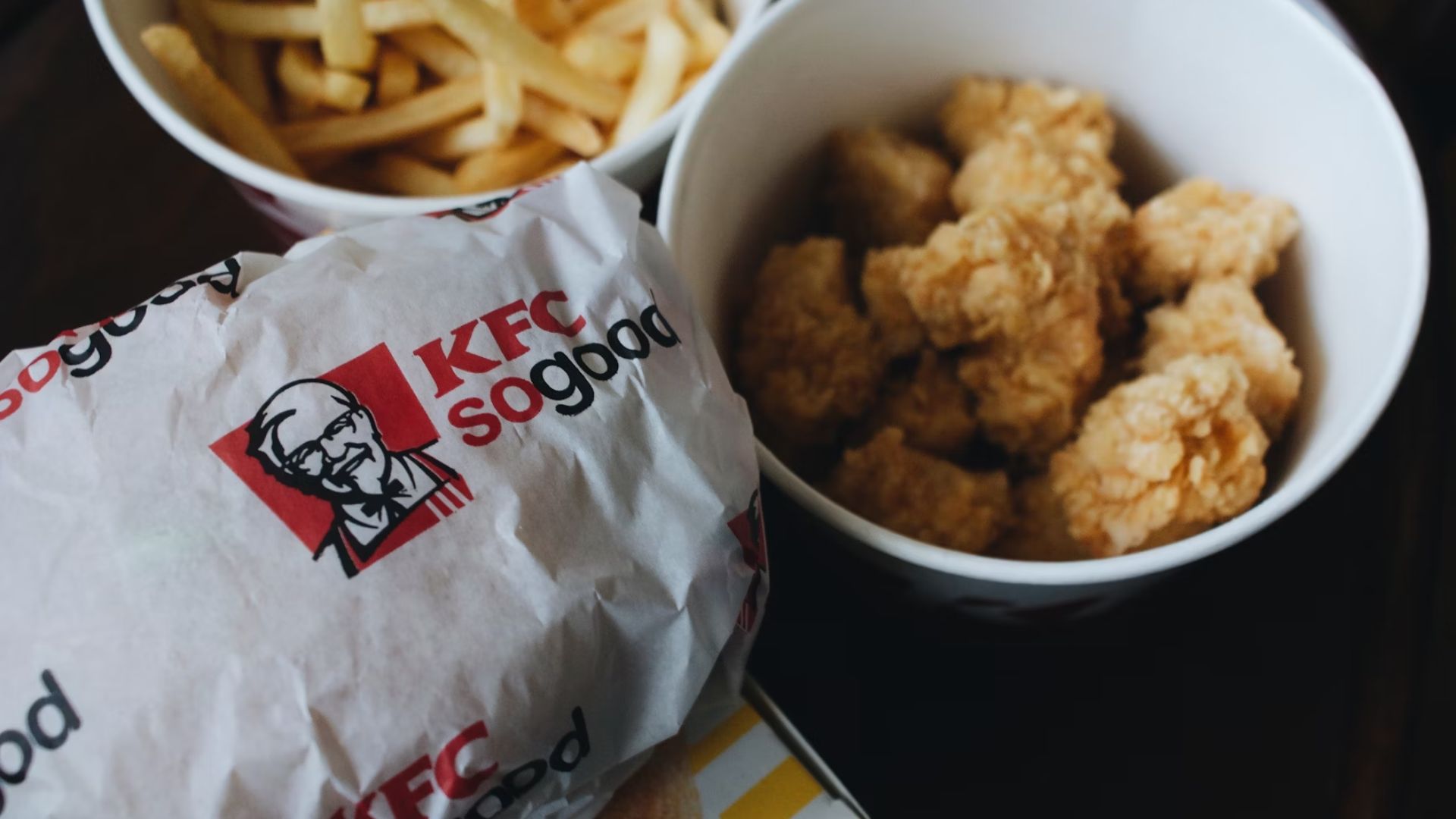
The Employment Policies Institute survey of nearly 200 fast-food restaurants found that 89% of these burger joints have already reduced their workers’ hours.
The new minimum wage has not been in effect for a year. Some have had to lay off staff completely. Pro-employer unions warned against the sharp wage increase before the legislation was passed.
Chipotle Keeps Climbing
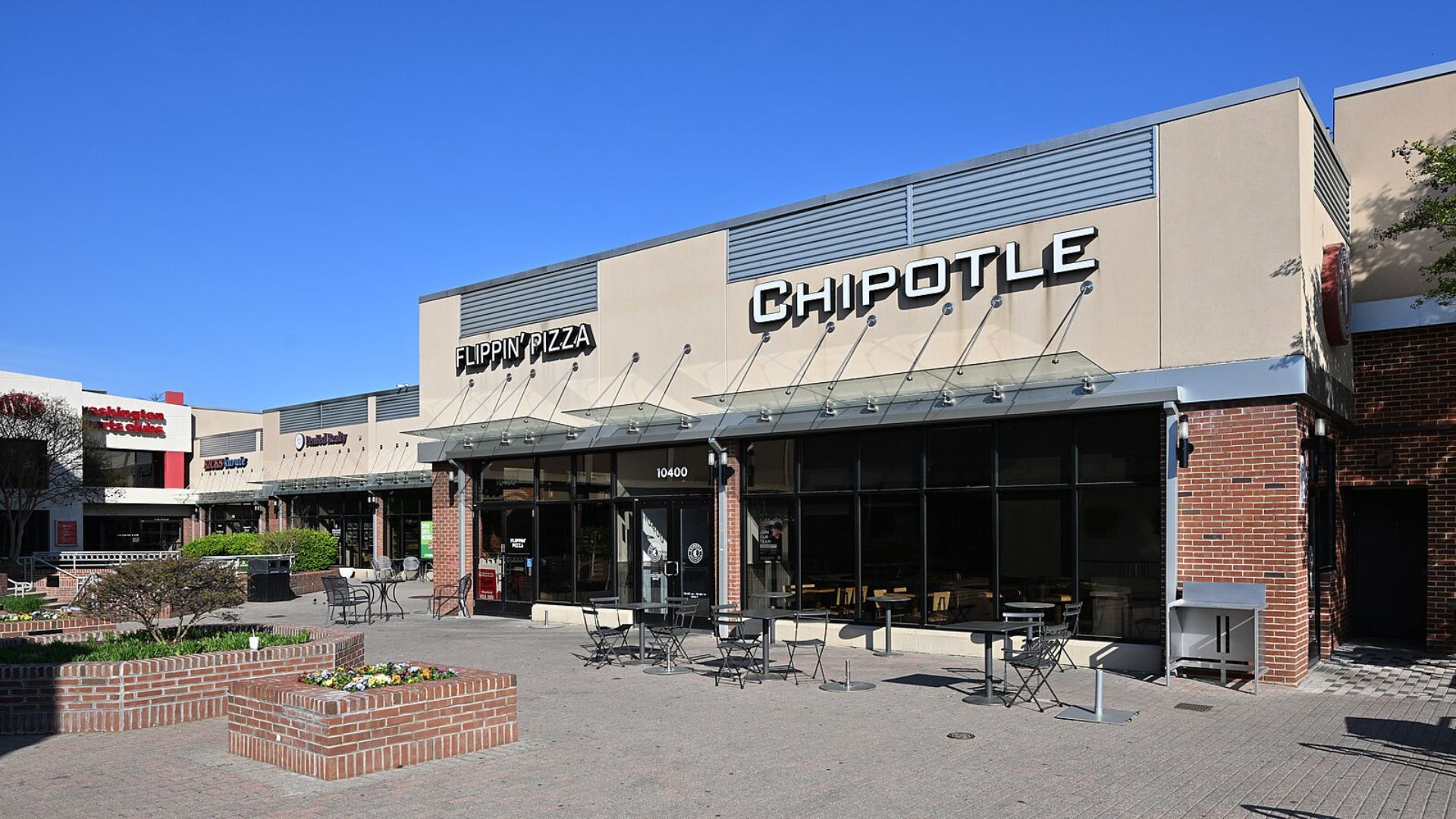
Chipotle isn’t just surviving — it’s thriving. They have aggressively expanded, with 47 new outlets opened in the first quarter alone.
This growth has pushed its stock up nearly 20% this year, continuing a staggering increase of 258% over five years.
Restaurant Brands Beats Expectations
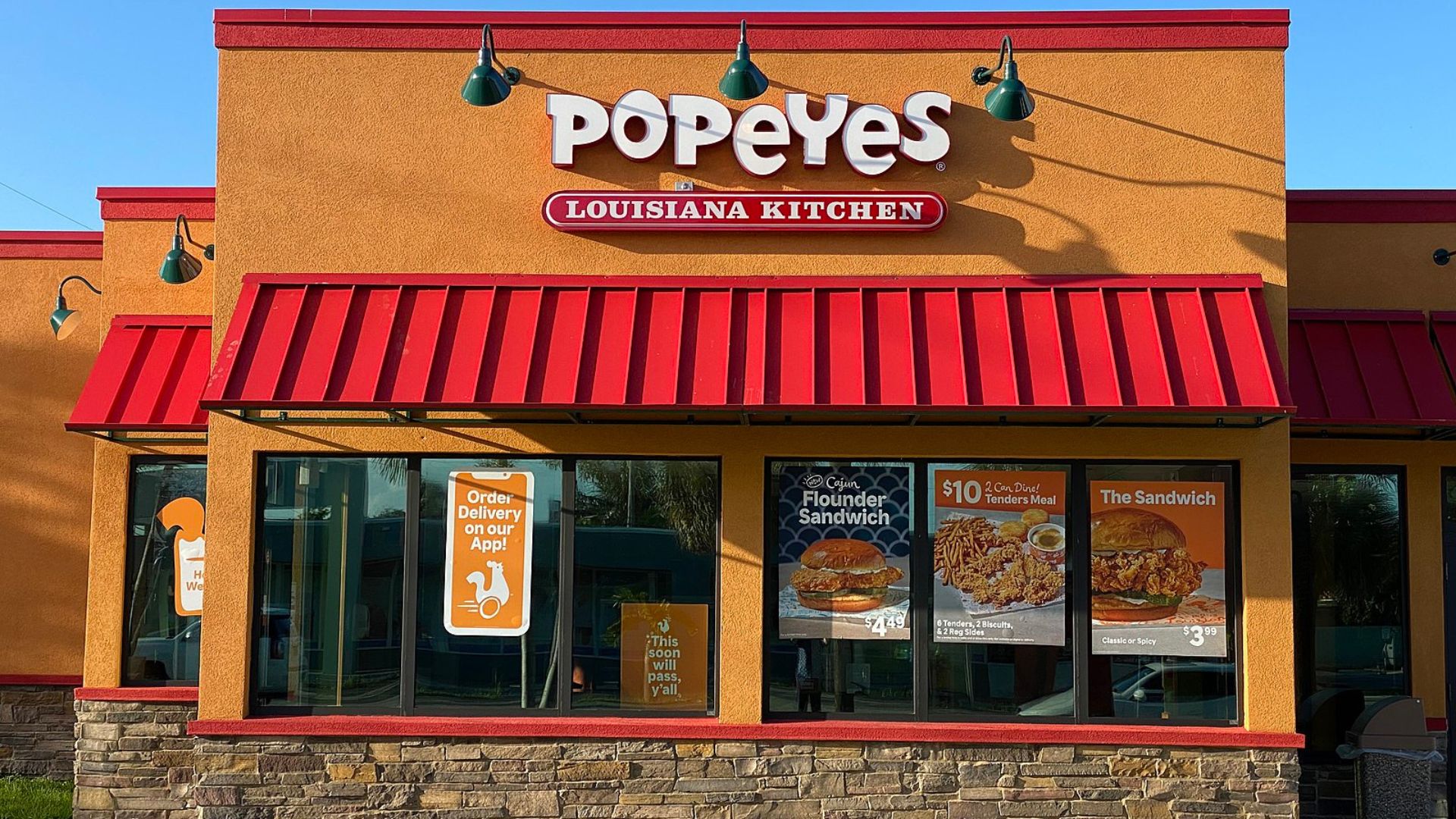
With names like Burger King and Popeyes under its belt, Restaurant Brands International is seeing solid growth, too.
Despite some stock market dips, Q1 revenue growth and strong sales figures across its brands are signs of healthy consumer demand.
McDonald’s Striking a Price Balance

McDonald’s might be making headlines with pricier Big Macs, but behind those numbers are strategies to keep attracting customers.
The company’s focus on value, like introducing a new $5 meal deal, aims to keep it affordable in a tough economy.
All About Adaptation
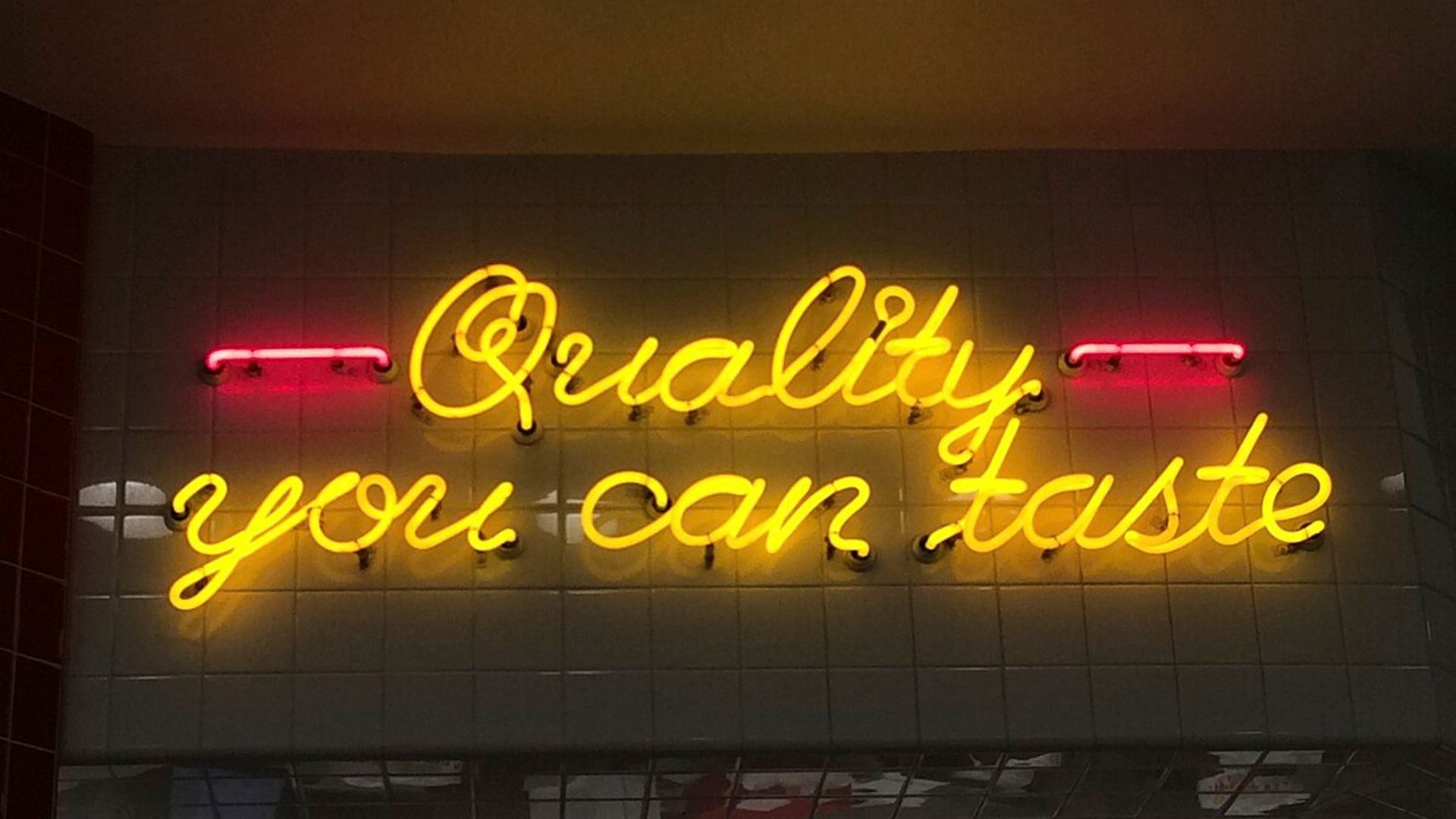
Fast food giants are proving adept at navigating inflation.
By adjusting menu prices and offering new deals, they’re keeping customers coming back — even when their wallets are feeling the pinch.
Inflation-Proof Your Fast Food Picks
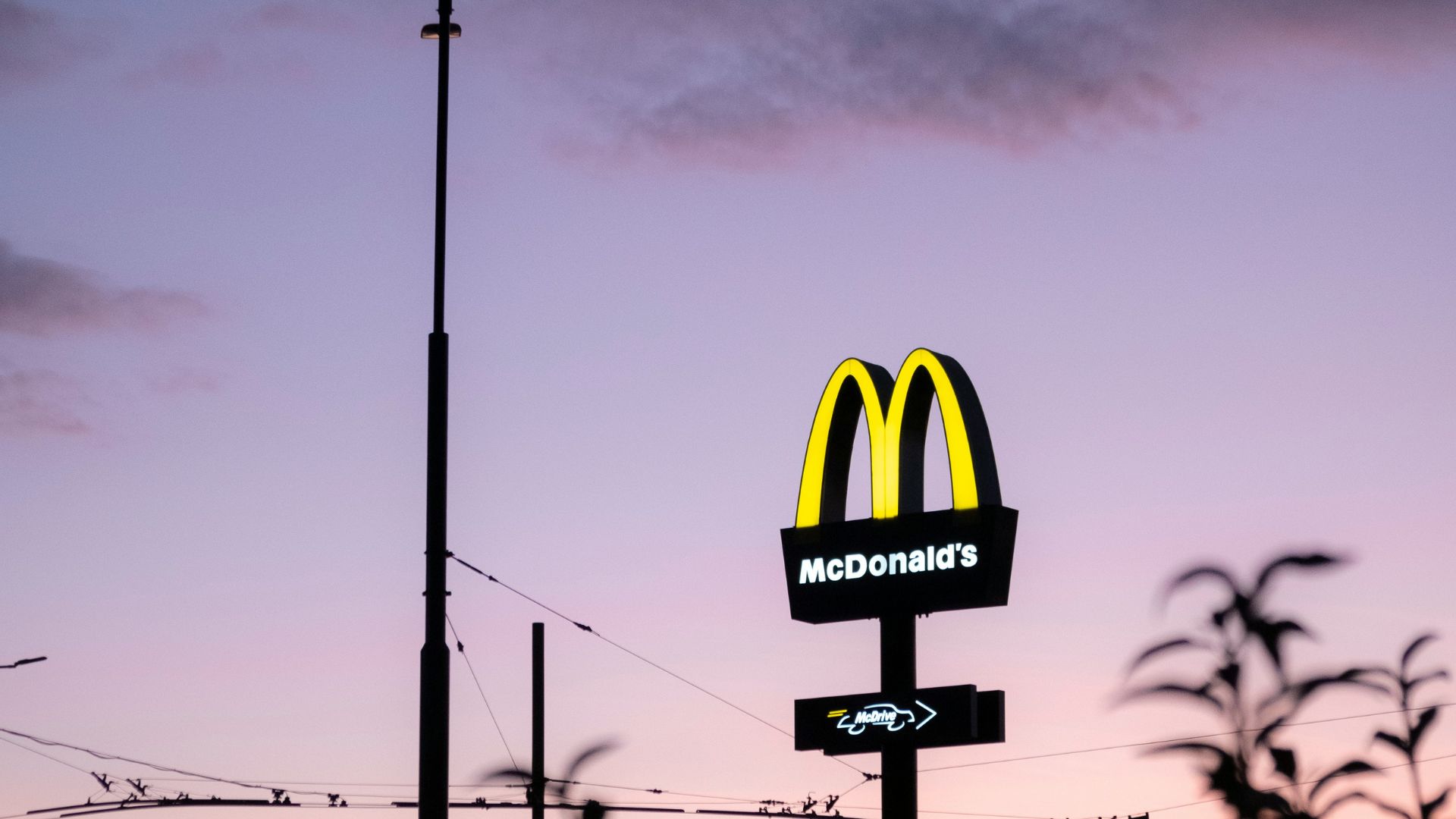
Investing in fast food stocks might seem risky during inflation, but companies like Chipotle and McDonald’s demonstrate resilience.
Their strategies to attract customers and expand their footprints are key factors for investors to consider.
Rumors on Prices
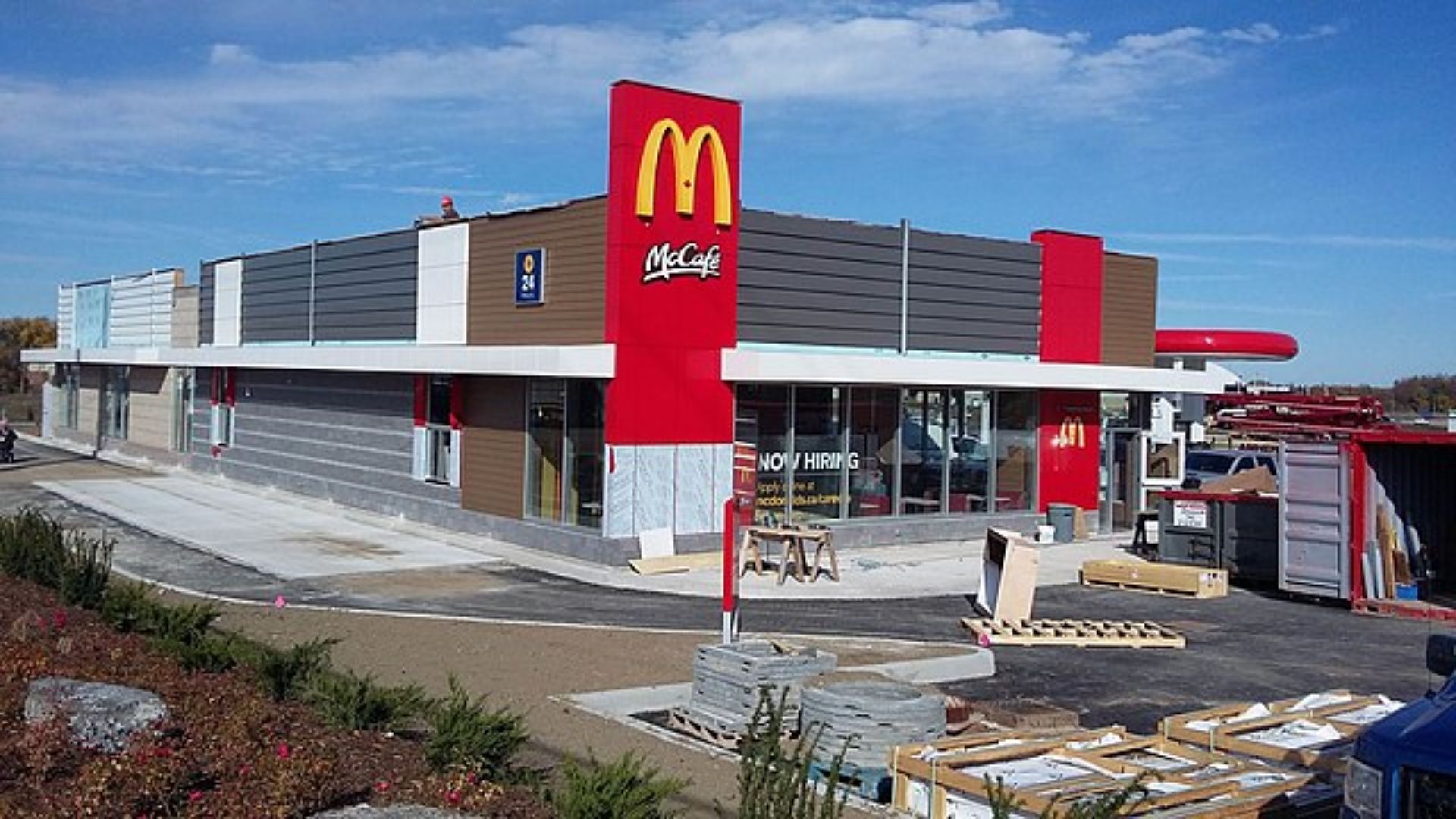
The minimum wage increase of fast-food workers has sparked rumors on social media about the new prices of fast-food at the nation’s favorite burger joints.
In response to the news, reports were making the rounds on social media that a Big Mac meal cost $18 at McDonald’s. The president of McDonald’s, Joe Erlinger, addressed the rumors, saying that the $18 meal was only “sold at one location.”
Addressing the Rumors
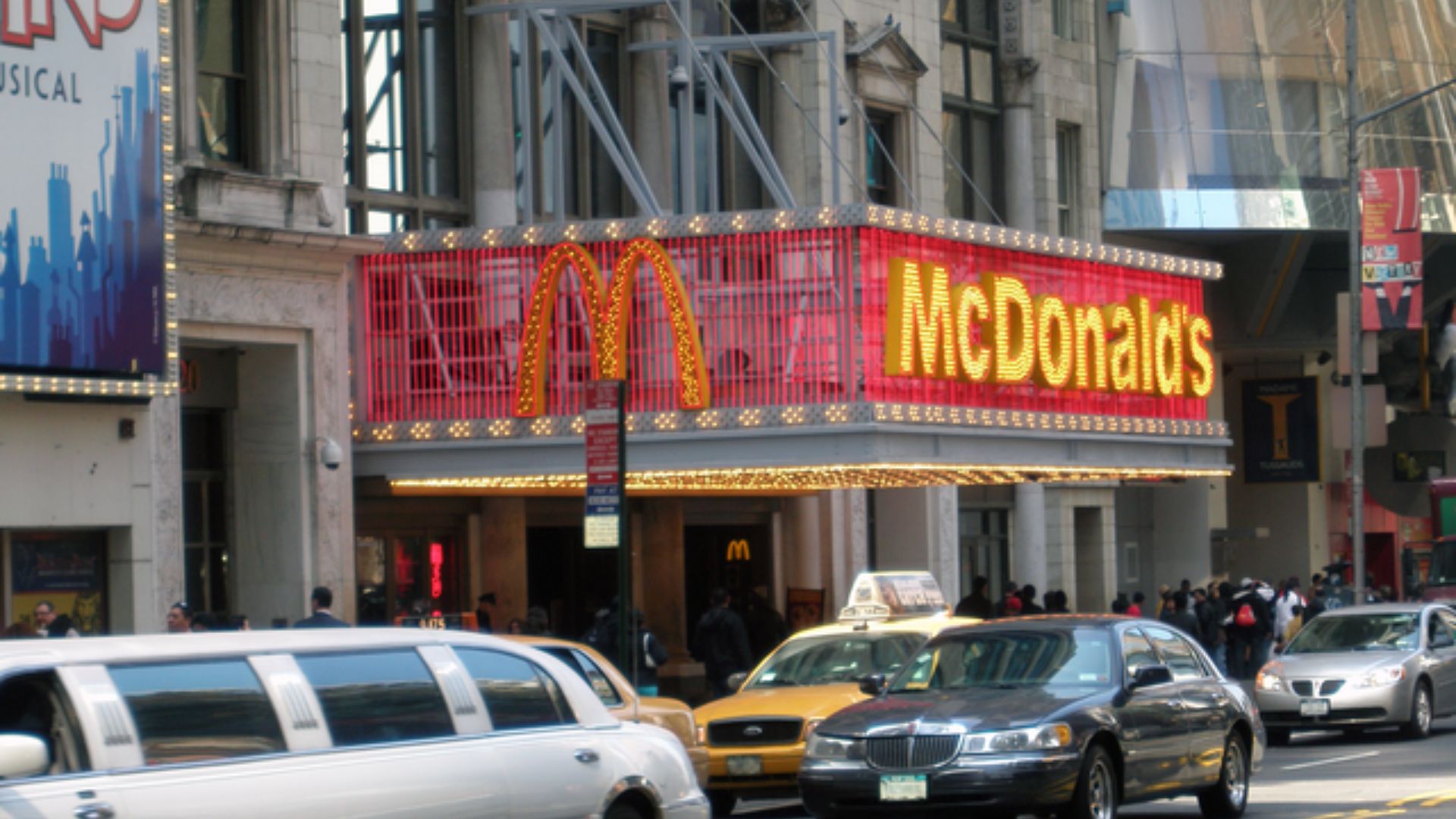
In an open letter that Erlinger wrote on May 29th, he addressed the rumors.
“The average price of a Big Mac in the U.S. was $4.39 in 2019. Despite a global pandemic and historic rises in supply chain costs, wages and other inflationary pressures in the years that followed, the average cost is now $5.29. That’s an increase of 21% (not 100%).”
The Franchise Factor
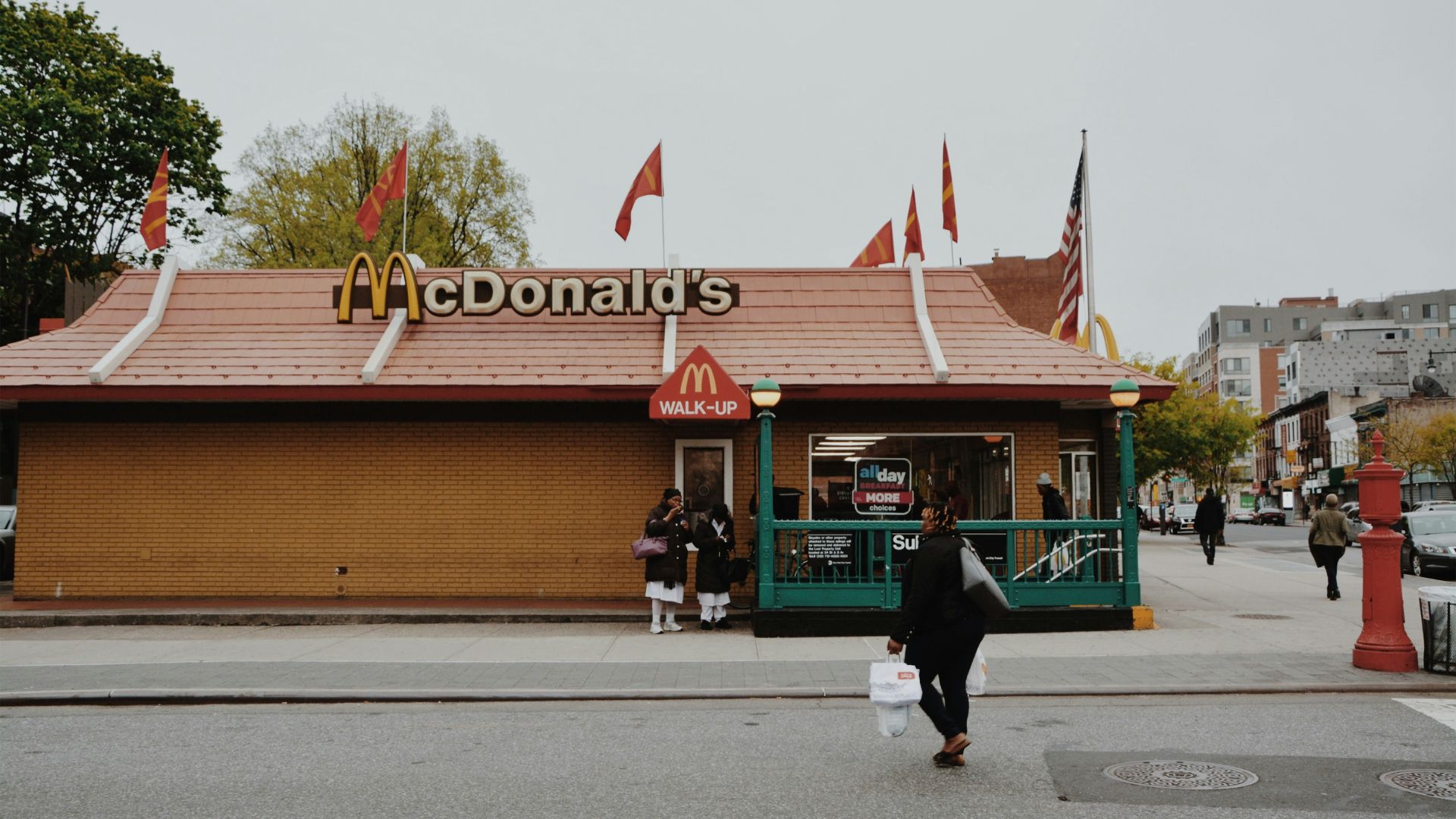
Owning a franchise can cushion companies from some financial shocks.
McDonald’s, for example, gains steady income from franchise fees and rents, supporting its financial health even when sales dip.
Crunching the Numbers
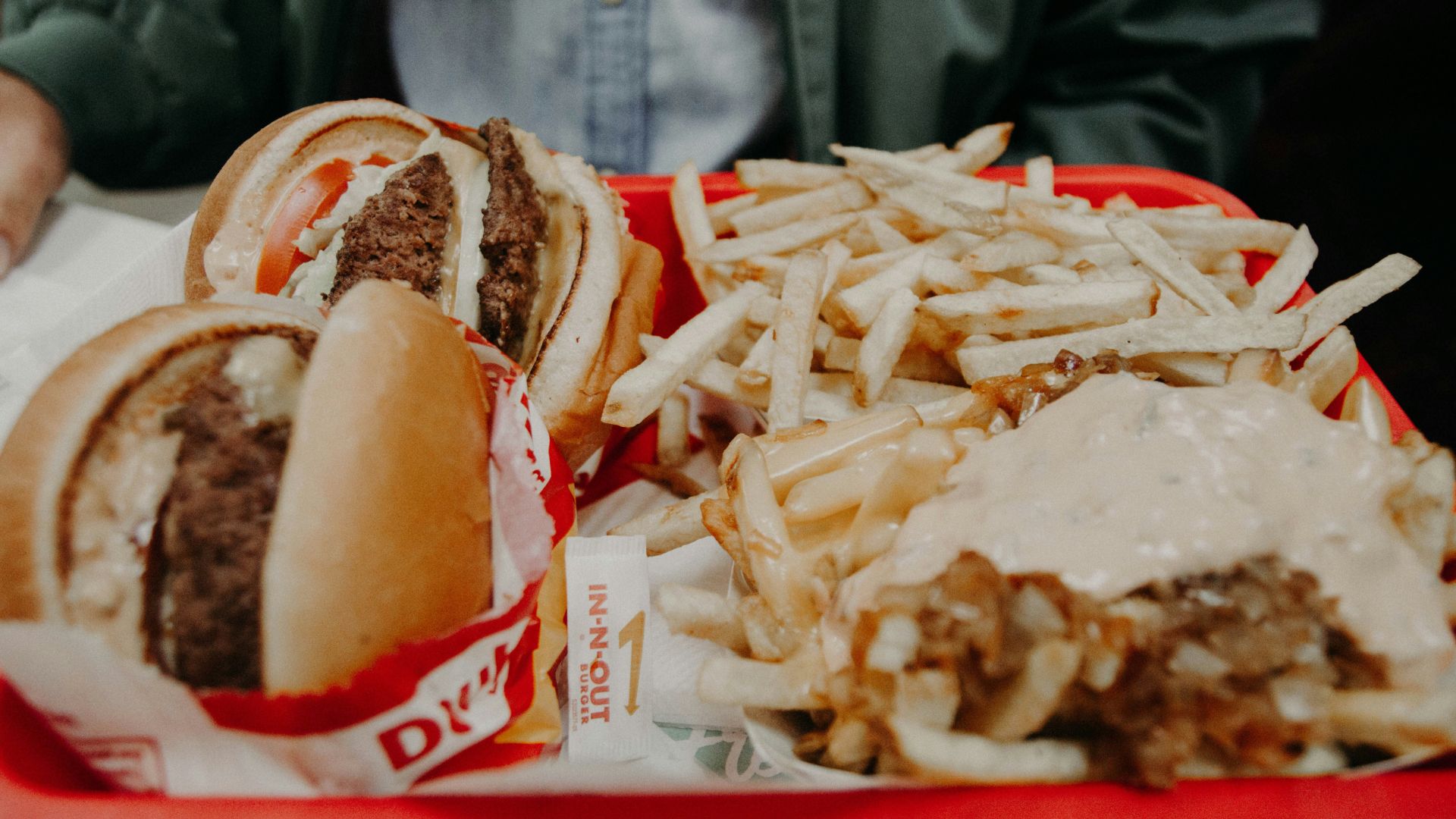
It’s clear that while the cost of your favorite burger might be climbing, the fast food industry is finding innovative ways to thrive.
As these companies adjust, they keep serving up opportunities for both consumers and investors alike.
The Losses Could Be Astronomical

It is common for fast-food restaurants to cut hours and staff when prices are high, but the new wage increase might cause staggering amounts of damage very quickly.
About 67% of surveyed fast-food restaurants said the new minimum wage increase will end up costing them an extra $100,000 per location. One in four respondents said the new law will end up costing them as much as $200,000, while 93% said that they will up their menu prices.
Next Steps for the Government
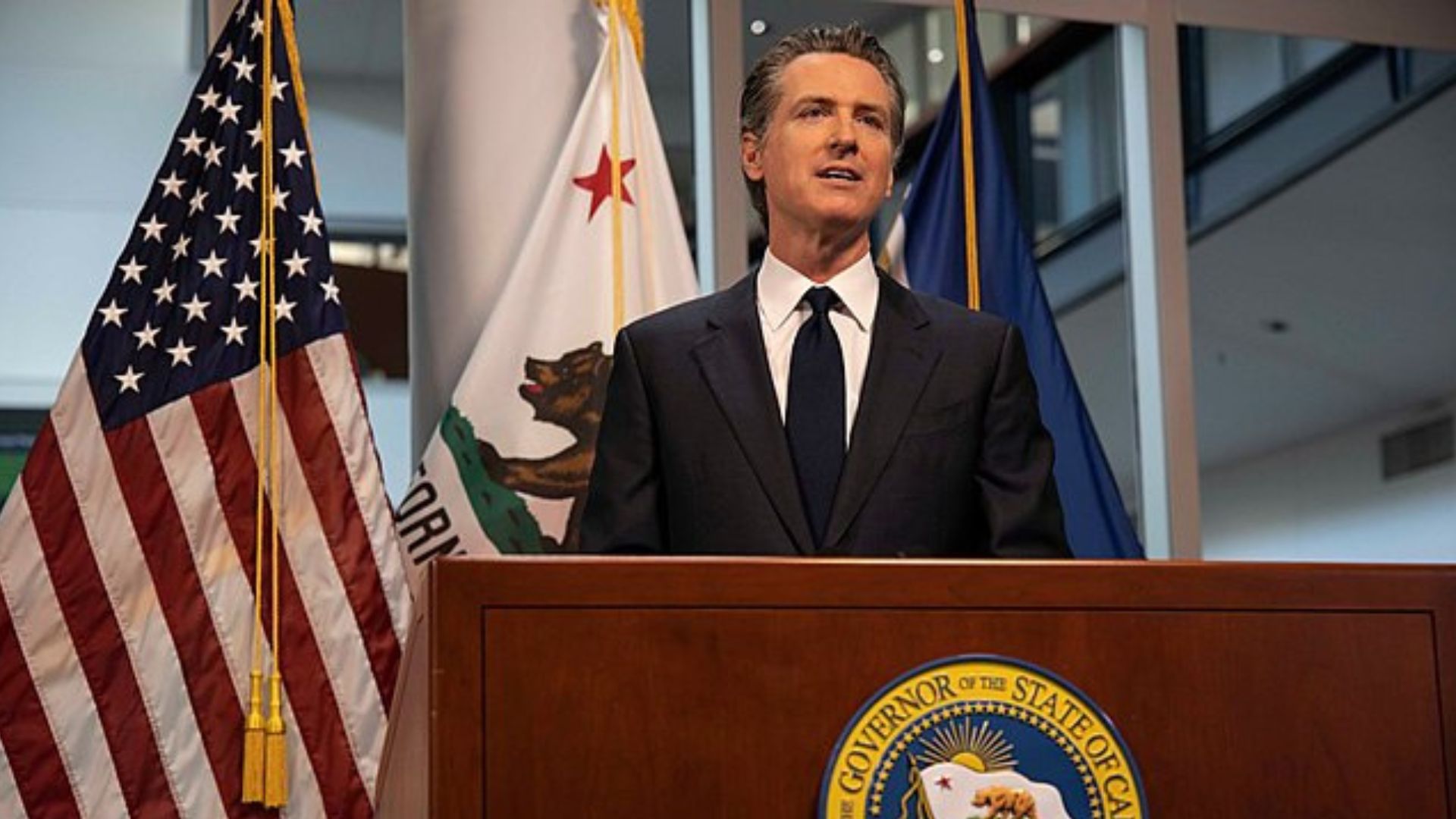
Recent reporting from Business Insider showed that restaurants will have to shut down because of the wage increase.
However, we will only know the true impact of the bill in the coming months. While we wait, state officials are planning on setting up a fast-food council next week where council representatives will look at the current state of the industry.
